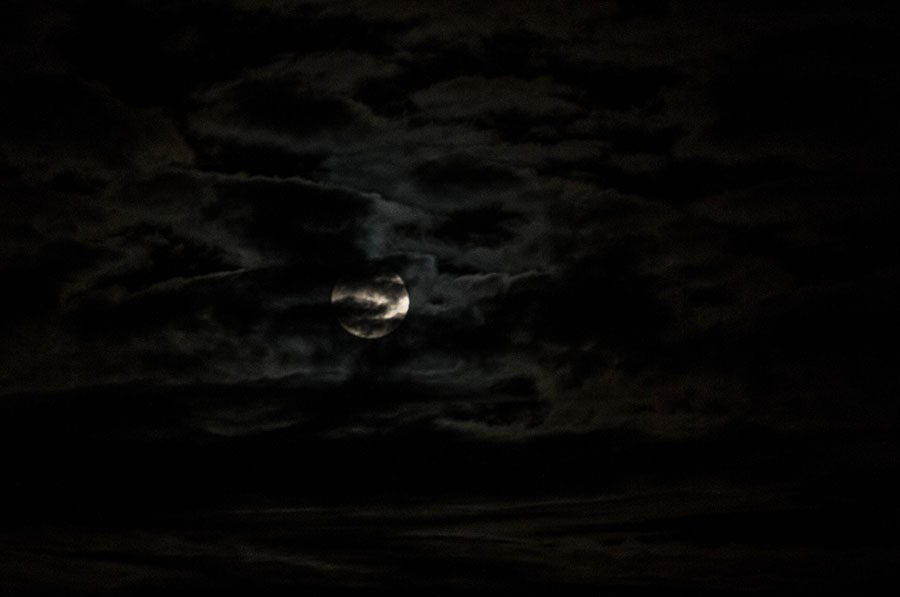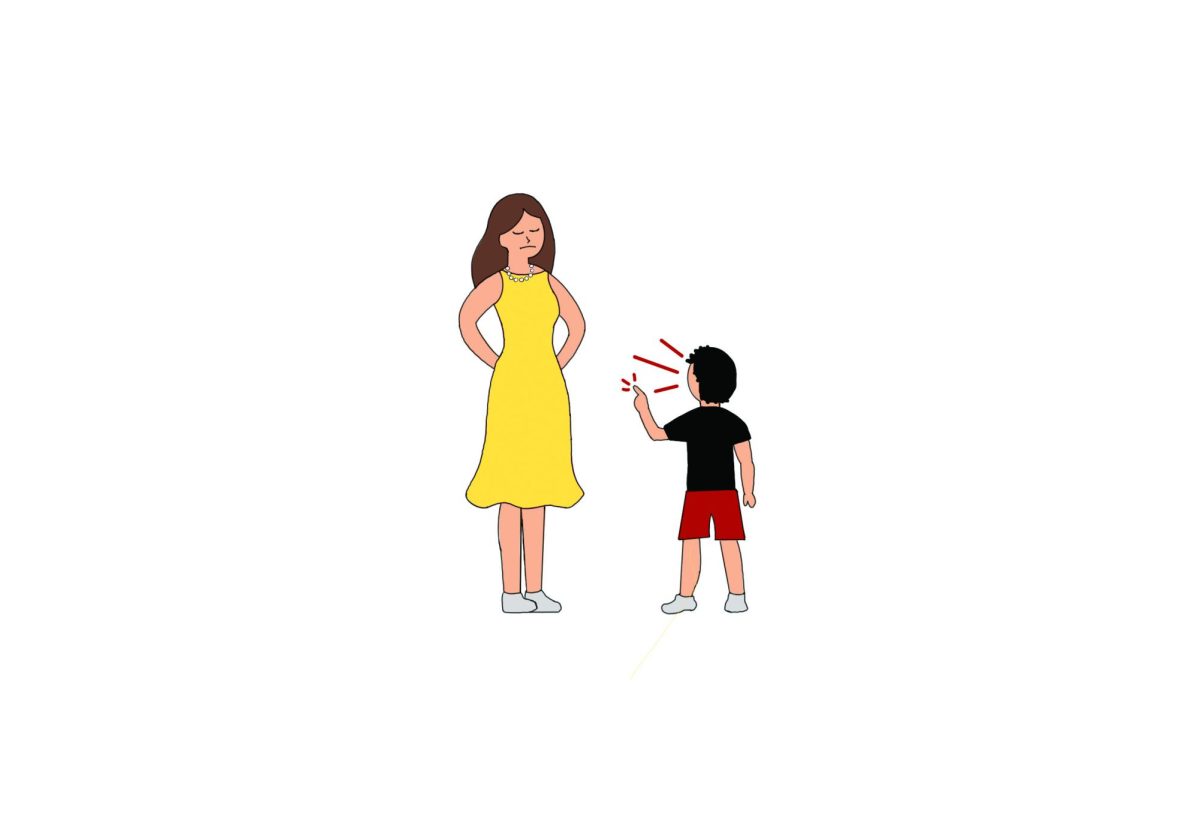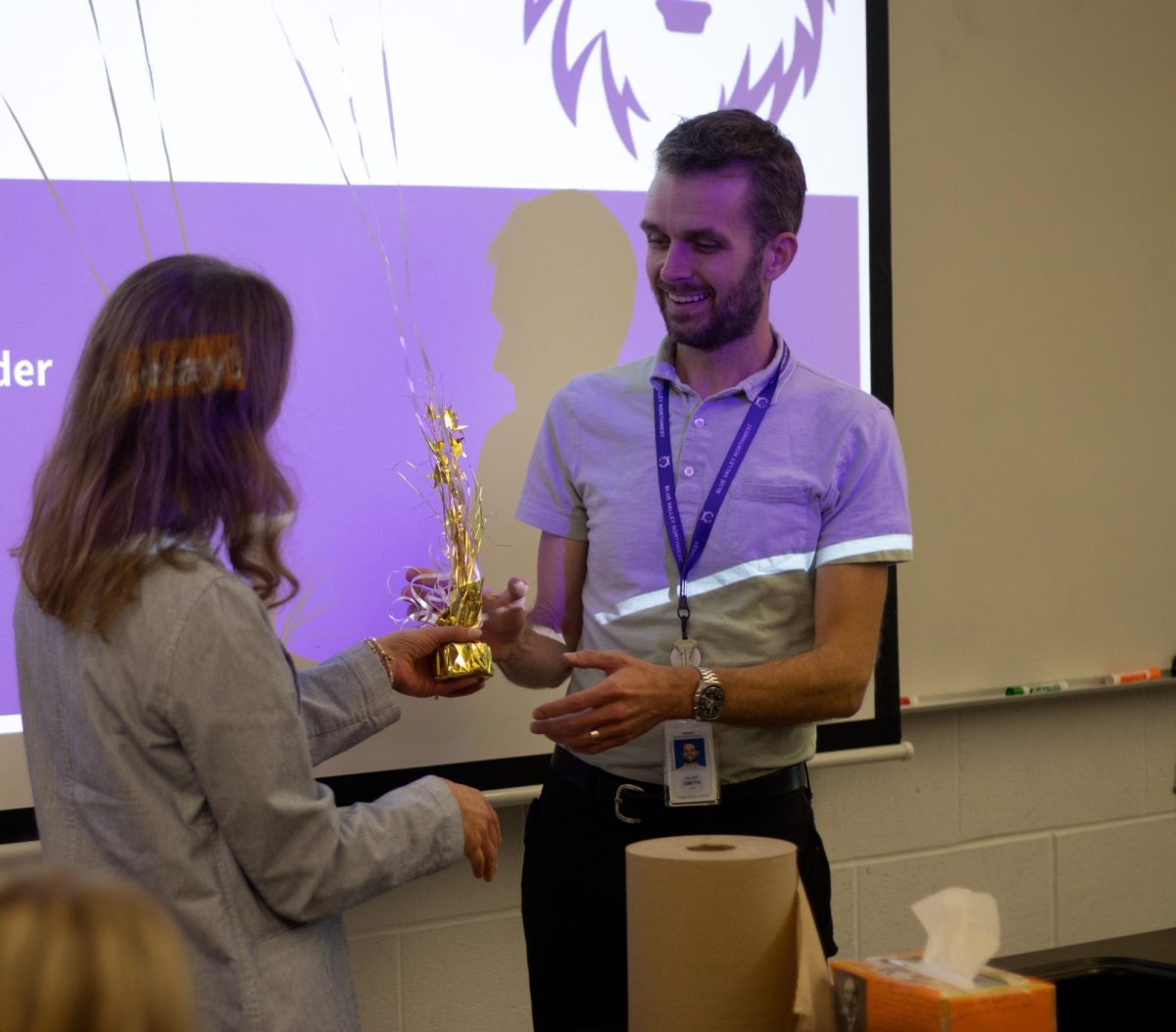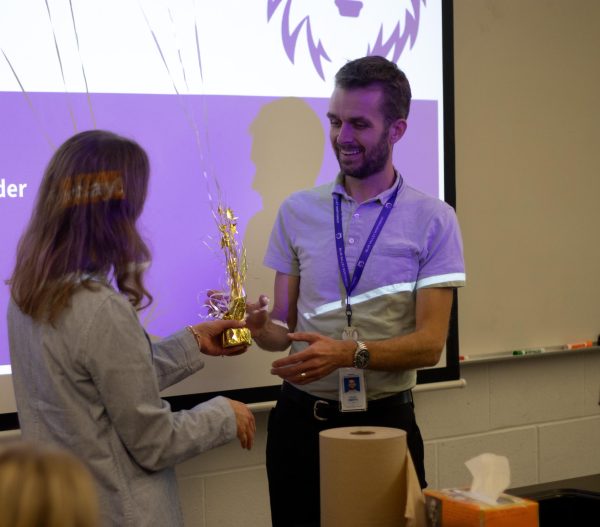Observing the supermoon
The supermoon on Monday, Nov. 14 will be the closest full moon to Earth since 1948, something not projected to be seen again until 2034, according to NASA. In light of this, BVNW science teacher Sarah Derks discusses the significance of this event.
November 14, 2016
While the moon is always going to be located an average of approximately 299,000 kilometers away from the Earth, there are times when the moon is closer to the Earth, called perigee, and there are times when the moon is farther away from the Earth, called apogee, according to teacher Sarah Derks. She said a supermoon occurs when a full moon and the perigee of the moon’s elliptical orbit coincides.
“[The moon]’s at a 180 degree angle, so the sun, the Earth and the moon are all aligned at this point,” Derks said. “So not only is it a full moon, it’s at its closest point, so sometimes the moon is closer, but it’s not a full moon, so it’s not a supermoon.”
Derks said the supermoon this year is a special occurrence because it is at its closest point to the Earth that it has been in the approximately the past 60 years.
Viewing the supermoon Sunday night and Monday morning while driving to school, Derks said the perceived size of the moon on Sunday night was not very large, but on Monday morning, she was able to get a better perspective of the moon’s size because the sun was rising and the moon was lower in the sky. Derks said the actual size of the moon, however, does not change. Instead, she said it is people’s perspectives of the moon that change with rotations of the Earth and the moon’s orbit.
Derks said people tend to be fascinated with events that are beyond Earth, in general. She said people have been exploring the concept of anything beyond Earth’s atmosphere for a while, and events like the supermoon attract many people. She said she enjoyed the beauty of the moon, as well as the scientific concepts the supermoon proves.
“The beauty of it, for me, is pretty cool,” Derks said. “The science of it, the proof of elliptical orbit versus circular orbit, so Kepler (a German astronomer) got it right. Gravitational pull, what does it do to our tides? Yesterday was probably an extremely high tide, so the proof of the moon’s influence on the Earth, those are pretty cool things. If you’re a photographer, you’re going to get some awesome pictures because of the light reflecting off of it. You can even get a better perspective of just the surface of the moon and what it looks like when it’s in supermoon status
Derks said while the supermoon was said to have reached its peak the morning of Nov. 14, it will still be large and visible the night of Nov. 14 through the morning of Nov. 15.
“It’s not full moon, tonight (of Nov. 14),” Derks said. “Full moon is a one day thing, but it’s still going to be pretty bright if it’s a clear night. It’s going to rise an hour later today, and it will set 12 hours later, so if you do want to see it, you should be able to see [the supermoon] when you’re driving in tomorrow, if it’s a clear morning…and if the sun is not too bright.”












